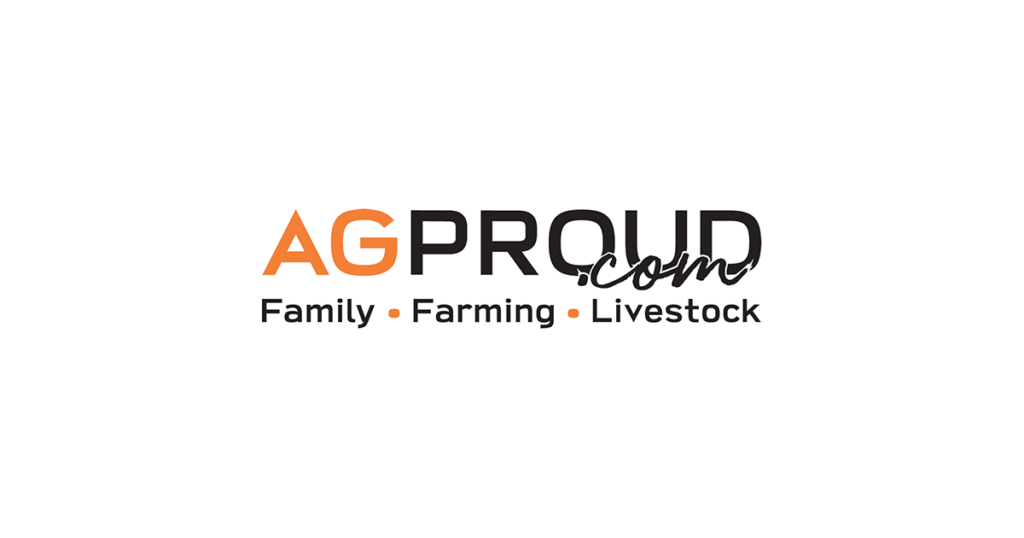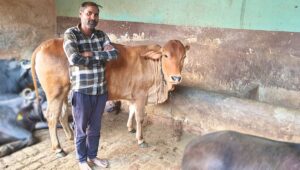
Even with evolving trade dynamics, the global dairy market is looking to see growth in 2025. Analysts at Rabobank anticipate dairy farmers worldwide will see higher revenues due to elevated milk prices. Higher farmgate milk prices will lead to supply expansion following 2024’s weaker milk production in key exporting regions.
Rabobank’s global dairy quarterly Q1 report provides a current snapshot of major dairy regions of the world, as well as things to watch for as 2025 settles in.
Things to watch
- Dairy has not yet been negatively impacted, but the treat of tariffs is a serious concern, especially for U.S. dairy exports.
- Record milk price forecasts are boosting farmer confidence in New Zealand.
- Exchange rate volatility is dictating trade flows in South America.
- Butterfat prices are likely to remain supported in the short term.
- China is looking to the private sector to reinvigorate the economy. More market confidence could boost low dairy consumption.
- While the recent case of foot-and-mouth disease in Germany was contained quickly, the European Union (EU) is concerned about a resurgence of bluetongue as temperatures start to rise.
- The U.S. decade of low interest rates may be ending, and businesses will need to become accustomed to operating with higher rates.
European Union
After a cold, wet spring in 2024, favorable weather conditions returned to the EU in the second half of the year, resulting in a recovery of milk production.
Regions affected by bluetongue, an insect-borne disease that can reduce milk production per cow by up to 8%, maintained suppressed milk yields. Vaccines were developed and administered, however, limited availability and the vaccines’ effectiveness on various strains has raised concerns for another outbreak this summer.
The dairy herds in Germany and the Netherlands are down by 3.3% and 2%, respectively, which will negatively impact milk yields. While France saw an increase in milk supply, its declining cow numbers and aging farmer base also shows a long-term trend of declining milk production.
Both Ireland and Poland look to increase milk production with favorable farm economics in Ireland and a growing dairy herd in Poland.
Overall, farmgate milk prices are 20% higher than a year ago. Feed costs are rising, yet relatively low, and will result in adequate dairy farm margins.
The EU economy is set to grow, keeping demand for dairy stable. Policy changes are the biggest source of uncertainty in the EU with the potential of tariffs from the U.S. and China.
U.S.
January milk production was up slightly compared to the previous year. Higher milk prices and lower feed costs are encouraging farmers to increase production.
The increased profitability is driving growth in the U.S. dairy herd with cow numbers up by 41,000 from last year. However, replacement cows are difficult to find and expensive when available, which will hinder the amount of growth typically seen when margins are healthy.
Highly pathogenic avian influenza (HPAI), or bird flu, has impacted milk per cow, particularly in California. Pending no additional bird flu spread, Rabobank analysts expect milk production to expand in 2025.
Growth in components is also anticipated. Last year, the U.S. average all-milk fat test hit a record high of 4.84%, and it is likely a new record will be set in 2025.
The new administration in Washington, D.C., has been a big focus in the first quarter. As mentioned, dairy has eluded trade impacts from tariffs for now. The industry is also concerned about immigration and funding cuts to food programs.
Pending any negative action with tariffs, U.S. dairy export gains are expected in 2025, as well as a small but steady increase in domestic disappearance.
With favorable demand, farmgate milk prices are remaining profitable, especially with lower feed costs.
New Zealand
Total 2024 exports marked a three-year high, and increased volumes continued into the start of 2025.
Milk price forecasts are up, and dairy farm profitability is buoyed by alleviating interest rate pressure.
Seasonal dry conditions are impacting portions of New Zealand, hampering milk flows and perhaps bringing about an abrupt end of the production season.
Rabobank is anticipating milk production growth of 2.5% to 3% for the full production season.
Australia
So far, the season total for milk production is slightly higher. A softer export heifer market has led to farms with available feed increasing their herd numbers.
Farmgate milk prices are improving, and feed costs remain mostly favorable.
Australia had a strong export year in 2024, particularly for cheese and skim milk powder.
Some improvements in the economy should help to boost food service spending in the country.
Brazil
Farm margins are driving milk production growth in Brazil with the fourth quarter of 2024 up 4.1% from the same quarter in 2023 and 7% higher than the third quarter.
Feed costs are expected to remain low, and processor demand is causing milk prices to rise. Farm margins are at the highest level in three years and pushing milk production.
Favorable weather with rains ending severe drought conditions have also supported an increase in production.
Milk production is expected to grow by 2% in 2025. However, increasing supply could lead to lower prices and slower growth in the second half of the year. The lower prices would make imports less competitive.
A strong economy helped with domestic demand the past two years, but now inflation and higher interest rates are expected to hold dairy consumption growth at less than 2% for 2025.
Argentina
There is a positive momentum for milk production building in Argentina. Milk production in January was 5.6% higher than the same month last year. Overall milk production is expected to grow by 4% in 2025, which is not enough to overcome the 7% decline that occurred in 2024.
Low milk prices, more expensive feed costs and drought will hurt farmer margins this year.
A strong peso is hindering exports, however, domestic consumption is recovering gradually. There are limits to what the domestic market can do and if exports stay uncompetitive for too long, it could cause farmgate milk prices to decline further.
China
Average Chinese farmgate milk prices were down 14% in February compared to the previous year. However, when compared to previous months, it seems to be stabilizing.
China’s 2024 milk production was down 2.8% compared to 2023, primarily due to a decline in cow numbers.
The declines are more pronounced on smaller to medium-sized dairy farms with larger farms seeing slower, but not negative growth in milk output.
Milk production for 2025 is forecast to be down 2.6% from 2024.
Domestic consumption remains low but is growing slightly with a 1.2% increase forecast for 2025.
China’s dairy processors are looking to expand their export markets. Most notably, exports of whole milk powder increased by 74% in 2024.
The forecast for 2025 net dairy imports has lifted slightly from 2% to 2.9%.






